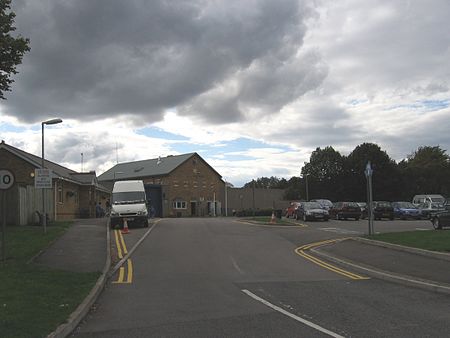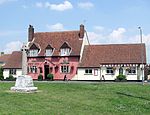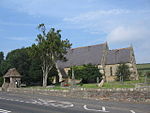HM Prison Ashfield

HM Prison Ashfield (formerly Pucklechurch Remand Centre) is an adult male sex offenders prison located in the village of Pucklechurch (near Bristol), in South Gloucestershire, England. The prison is operated by Serco. Ashfield Prison was built on the site of the Pucklechurch Remand Centre, and opened in 1999. It was the first private prison in the United Kingdom to house young offenders. The prison was soon mired in controversy after repeated riots and reports of poor management. Conditions at the prison became so bad in 2003 that the Youth Justice Board withdrew prisoners from Ashfield, and threatened to recommend that the prison should be taken over by the public sector. Conditions improved however, and the prison (under new management) was given a good inspection report the following year.In May 2006, staff at Ashfield won a Health team award from the 'Public Servants of the Year Awards'. The award was in recognition of the staff's dedication to improving healthcare and personal health education for inmates held at Ashfield.In March 2008, a new wing for first-time offenders was opened at Ashfield. The wing is specifically designed to create a positive environment for new inmates, and also has amenities for prisoners aged 15 and 16.In 2013 an inspection report that concluded offenders were "exposed to unacceptable levels of violence", including bones broken after the use of force by staff. Ashfield was converted to an adult male prison for sex offenders since July 2013 and a Treatment site since 2014.
Excerpt from the Wikipedia article HM Prison Ashfield (License: CC BY-SA 3.0, Authors, Images).HM Prison Ashfield
Shortwood Road, Bristol
Geographical coordinates (GPS) Address External links Nearby Places Show on map
Geographical coordinates (GPS)
| Latitude | Longitude |
|---|---|
| N 51.4815 ° | E -2.4397 ° |
Address
HMP Ashfield
Shortwood Road
BS16 9QJ Bristol
England, United Kingdom
Open on Google Maps








